Amazing discoveries and experiences await you in every issue of National Geographic magazine. The latest news in science, exploration, and culture will open your eyes to the world’s many wonders.
Hope for Solving Our Seas’ Problems
MINING MARKS A LANDSCAPE • From a helicopter above lignite mines in Germany, a photographer captures the results of extracting coal to fuel electric power plants.
THE BACKSTORY • A PHOTOGRAPHER MAKES SCARRED MINE SITES LOOK LIKE ABSTRACT ARTWORKS—AND HOPES THEY RAISE AWARENESS.
The Conservation Popularity Contest • WILDLIFE FUNDING AND ADVOCACY FOCUSES HEAVILY ON PROTECTING CHARISMATIC SPECIES. IS IT TIME TO RETHINK THAT APPROACH?
Which species could be saved?
Hummingbirds and habitats
EARTH’S SURREAL ROCK STARS
HOW ART CLEARS THE AIR • Every day we find new ways to conserve Earth’s resources. Here are five.
Ice Odyssey • For three years the iceberg known as A-68A—one of Earth’s largest ever—floated toward South Georgia island, a pristine sanctuary for penguins and seals. Scientists warned of great damage and obstructed access to feeding grounds should the iceberg run aground off the island’s coastal shelf. But the currents in Iceberg Alley contributed to a happier outcome.
Fleeing the Flood • RISING WATER THREATENED THE RARE GIRAFFES’ HOME IN KENYA. SO FORMER ENEMIES JOINED FORCES TO RELOCATE THE GIANT ANIMALS, USING A MODERN-DAY ARK.
BRIDGING CULTURES AND GOOD CAUSES WITH MUSIC • As cello phenomenon Yo-Yo Ma takes Bach concerts to six continents, he’s also generating awareness and support for diverse environmental concerns.
The Ocean Issue • IT’S FRAGILE, YET RESILIENT. EVERYWHERE, YET MOSTLY UNEXPLORED. THE OCEAN IS UNDER THREAT, BUT EACH OF US CAN HELP TURN THE TIDE.
Secrets of the Whales • WE’RE LEARNING THAT SOME GROUPS OF WHALES AND DOLPHINS HAVE THEIR OWN DIALECTS, DIETS, AND ROUTINES—CULTURAL DIFFERENCES ONCE THOUGHT TO BE UNIQUE TO HUMANS.
Whale Songs Decoded
HOW YOU CAN HELP
Planet Ocean • The ocean, shown here in its interconnected entirety, accounts for more than 70 percent of Earth’s surface. Among the superlatives it boasts are the world’s tallest mountain, the mostly submerged Mauna Kea; and lowest depth, the Mariana Trench. The majority of the seafloor remains largely unexplored: More than 80 percent of it has yet to be fully mapped.
How it flows • A dynamic system, the ocean is constantly in motion. Currents move water among four major ocean basins, cycling warm and cold water between the poles and the tropics. The connected system absorbs and transfers heat, regulates weather and climate, and spreads nutrients and gases around the globe.
How it’s changing • Climate change, commercial fishing, pollution, shipping: Nearly 60 percent of the ocean is under cumulative stress, at an accelerating pace, from human activities. Easing these pressures is crucial to the ocean’s survival.
Rescuing Reefs • AS CLIMATE CHANGE WARMS THE OCEANS AND KILLS SOME OF THE WORLD’S MOST SPECTACULAR CORAL, SCIENTISTS ARE SCRAMBLING TO PROTECT VULNERABLE AREAS AND DEVELOP HARDIER SPECIES.
Great Barrier Reef
Tumon Bay, Guam
HOW YOU CAN HELP
28 Days Under the Sea • LAURENT BALLESTA AND THREE OTHER EXPLORERS SPENT A MONTH IN A TINY CAPSULE AND DIVED ON THE FLOOR OF THE MEDITERRANEAN. THEY FOUND AMAZING SEA LIFE—AND SIGNS OF OUR IMPACT ON A MYSTERIOUS LANDSCAPE.
The Searcher of the Deep • ROBERT BALLARD MAY BE BEST KNOWN FOR FINDING THE TITANIC, BUT HIS HUNT FOR SCIENTIFIC AND CULTURAL TREASURES IS A LIFELONG EXPEDITION.
WHAT’S COMING
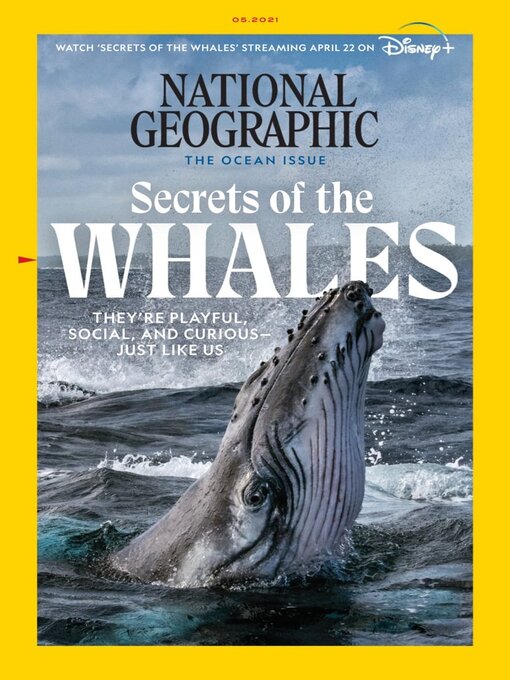
 Nov 01 2024
Nov 01 2024
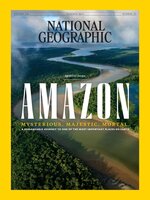 Oct 01 2024
Oct 01 2024
 Sep 01 2024
Sep 01 2024
 Aug 01 2024
Aug 01 2024
 Jul 01 2024
Jul 01 2024
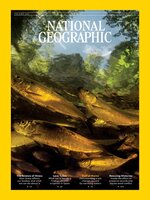 Jun 01 2024
Jun 01 2024
 May 01 2024
May 01 2024
 Apr 01 2024
Apr 01 2024
 Mar 01 2024
Mar 01 2024
 Feb 01 2024
Feb 01 2024
 Jan 01 2024
Jan 01 2024
 Dec 01 2023
Dec 01 2023
 Nov 01 2023
Nov 01 2023
 Oct 01 2023
Oct 01 2023
 Sep 01 2023
Sep 01 2023
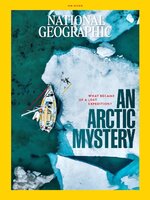 Aug 01 2023
Aug 01 2023
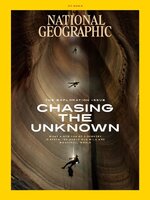 Jul 01 2023
Jul 01 2023
 Jun 01 2023
Jun 01 2023
 May 01 2023
May 01 2023
 Apr 01 2023
Apr 01 2023
 Mar 01 2023
Mar 01 2023
 Feb 01 2023
Feb 01 2023
 Jan 01 2023
Jan 01 2023
 Dec 01 2022
Dec 01 2022
